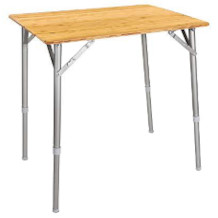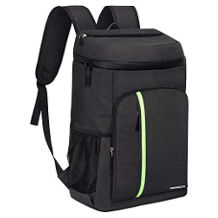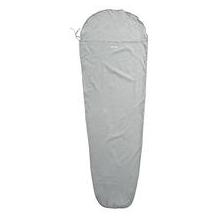Electric cool box purchasing advice: how to choose the right product
- What You Need to Know
- Electric coolers are active coolers and can be divided into three types according to how they work: thermoelectric, absorber and compressor coolers.
- Unlike passive coolers, electric models can keep the contents cold as long as they are supplied with power.
- A 12-volt connection for the car and a 230-volt connection for the home are almost always included.
- The volume of electric coolers is usually between 20 and 40 litres.
- Thermoelectric boxes also have a heating function that keeps the contents warm up to 65 degrees Celsius.
For refreshment on hot summer days
In the warm season, hardly anything comes close to the pleasure of a cold drink. At home, in a café or at the beach bar, of course, this is no problem – there are refrigerators there. But when camping or on a day trip, a cold beer is not a matter of course. Simple passive coolers, i.e. well-insulated boxes cooled with ice or cold packs, can keep drinks cold for a while, but after a few hours they lose their effect. Re-freezing the battery or getting ice is inconvenient or even impossible outdoors. In such a case, an electric cooler comes in handy.
Electric coolers keep the contents cool as long as they are supplied with electricity or gas. When the power supply is interrupted, the units function like passive coolers. They therefore keep the contents cold for several hours. Electric coolers are not only used for camping, but are suitable for any place where a power supply is guaranteed.
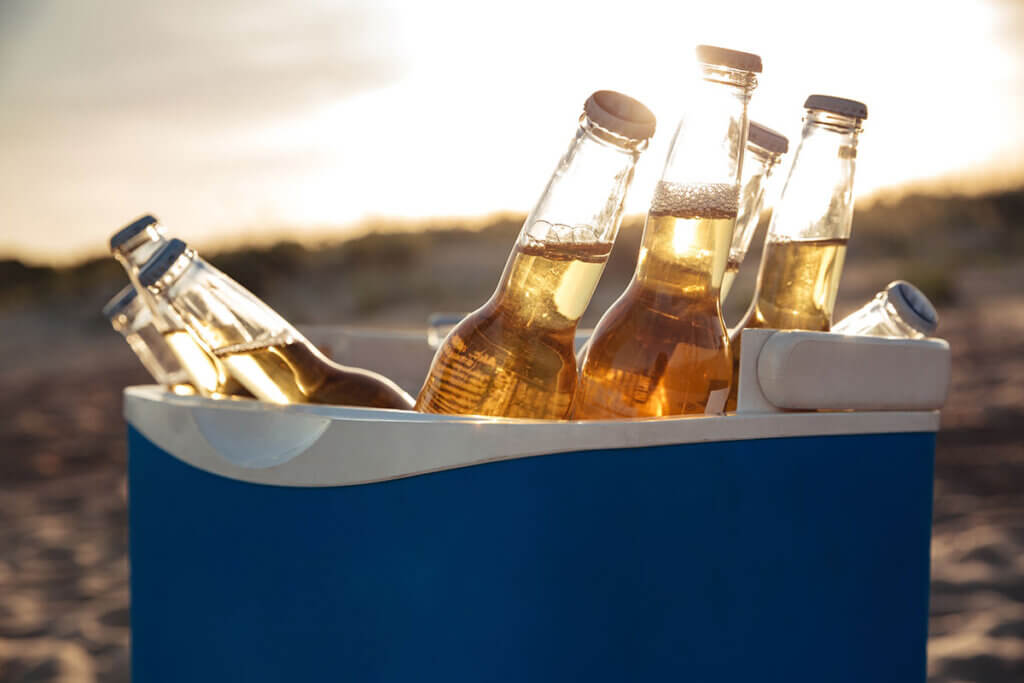
The three electric cooler technologies
Coolers are divided into active and passive models. Passive coolers require external cooling, such as a cooling battery or ice. Active coolers, on the other hand, can cool the contents as long as they are supplied with energy. Electric coolers belong to the latter category. They can be classified into three types based on their design or the technology used. These are thermoelectric, absorber and compressor coolers.
Thermoelectric cooler
Thermoelectric coolers have an electrothermal converter, the so-called Peltier element, which is why they are also known as Peltier coolers. The Peltier element creates a temperature difference when current flows through it. Depending on which direction the current flows, the contents are cooled or heated. These coolers are equipped with two heat sinks, one inside and one outside the box. Under voltage, the heat is conducted from the inside to the outside, which is why it can get a little warmer right next to the box.
Although thermoelectric coolers are mainly used to keep cool, most models can also keep warm. If the current flows in the opposite direction, the cold is conducted from the inside to the outside and the contents remain warm. Thanks to the absence of a mechanical apparatus with moving parts that may wear out, such coolers are durable. The cooling capacity depends on the outside temperature. As a rule, the units reach a temperature that is 18 to 30 degrees Celsius below the current outside temperature. When it comes to keeping warm, however, the dependence on the outside temperature does not apply: thermoelectric versions can keep food and hot drinks warm to 60 to 65 degrees Celsius.
Compared to the other types, thermoelectric coolers are cheap and light, which is why they are the most popular. Such coolers can also be used in any position – they do not have to be horizontal. Although the devices are not particularly loud, a certain ventilation noise is perceptible. Last but not least, thermoelectric boxes have a high power consumption.
Pro points
- Inexpensive
- Lightweight
- Long-lasting
- Can be used in any position
- Heating function available
Drawbacks
- Cooling capacity depends on outside temperature
- Moderate noise level
- High power consumption
Absorber cooler
Absorber coolers lower the temperature inside with the help of a cooling liquid. In a closed circuit, the coolant is liquefied in the condenser. The refrigerant then evaporates in the evaporator, extracting heat from the interior. In the absorber, the gas returns to its original liquid aggregate state and the cycle begins again. No mechanics are used: the cycle is driven only by the heat generated by electricity or gas.
Absorber coolers are both electricity- and gas-powered. Similar to Peltier coolers, they can reach a maximum temperature of 30 degrees Celsius below the ambient temperature. Within this range, however, the temperature is often adjustable. The absence of mechanical components ensures low maintenance requirements, durability and an almost silent operation.
These units do not have a heating function. They also have the highest power consumption. With gas, however, they are much more energy-efficient. Last but not least, you should always place the appliance in an upright or horizontal position. Otherwise it will lose power.
Pro points
- Almost noiseless
- Electricity or gas operation
- Long-lasting and low-maintenance
- Often adjustable temperature
- Energy-efficient with gas supply
Drawbacks
- Cooling capacity depends on outside temperature
- High power consumption
- Horizontal installation necessary
- No heat function
Compressor cooler
Compressor coolers are similar to refrigerators in the way they work. Here, too, it is a closed circuit. The compressor compresses the gaseous medium, causing it to heat up. It is then pumped through the condenser. There, the medium releases heat into the environment, cools down and becomes liquid again. A throttle through which the now liquid medium is forced lowers the pressure. The coolant enters the evaporator, where it is returned to its original gaseous state. In the process, heat is extracted from the interior and released into the environment. When the coolant arrives in the compressor again, the cycle repeats.
Unlike the other variants, the interior temperature of a compressor cooler is not dependent on the outside temperature. As a rule, such boxes can maintain a constant temperature between minus 20 and 10 degrees Celsius. Within this range, the temperature is continuously adjustable. At outside temperatures of around 40 degrees Celsius, the compressor cooler is the only variant that can keep your food really cold. It is also the most powerful. Despite its high performance, it consumes very little power – in any position.
However, the high performance also comes at a high price. The compression refrigerator makes the unit not only heavy, but also noisy. If you sleep lightly, you should either look for another cooler model or place the compressor cooler out of earshot. There is no heating function.
Pro points
- High output
- Interior temperature not dependent on outside temperature
- Adjustable temperature
- Can be used in any position
- Low power consumption
Drawbacks
- Loud
- Difficult
- Expensive
- No heat function
Other purchase criteria
In addition to the type of cooler, the connection and energy consumption of the appliance are decisive for the purchase decision. The capacity, transport comfort and useful extras should also factor into your decision.
Energy supply: Connection and consumption matter
Most coolers have more than one power connection. A 12-volt connection for the car and a 230-volt connection for the home are almost always included. Often the units are also equipped with a 24-volt connection for the truck. If you have one, you can also connect the coolers to a solar panel. However, make sure that the power of the solar panel is somewhat higher than that of the cooler so that you can supply the device with sufficient energy even when there is less sun. Rarely, models are even available with a rechargeable battery. Absorber coolers can also be supplied with gas via a cartridge with a suitable connection or adapter. The required pressure is usually 30 or 50 millibars (mbar).
The energy consumption of an electric cooler depends greatly on its design and capacity: A large thermoelectric cooler thus consumes significantly more than a small compressor cooler or an absorber cooler with gas. Models with ECO mode are particularly economical. The connection also plays a role in consumption: a car battery does not supply as much energy as mains power, for example.
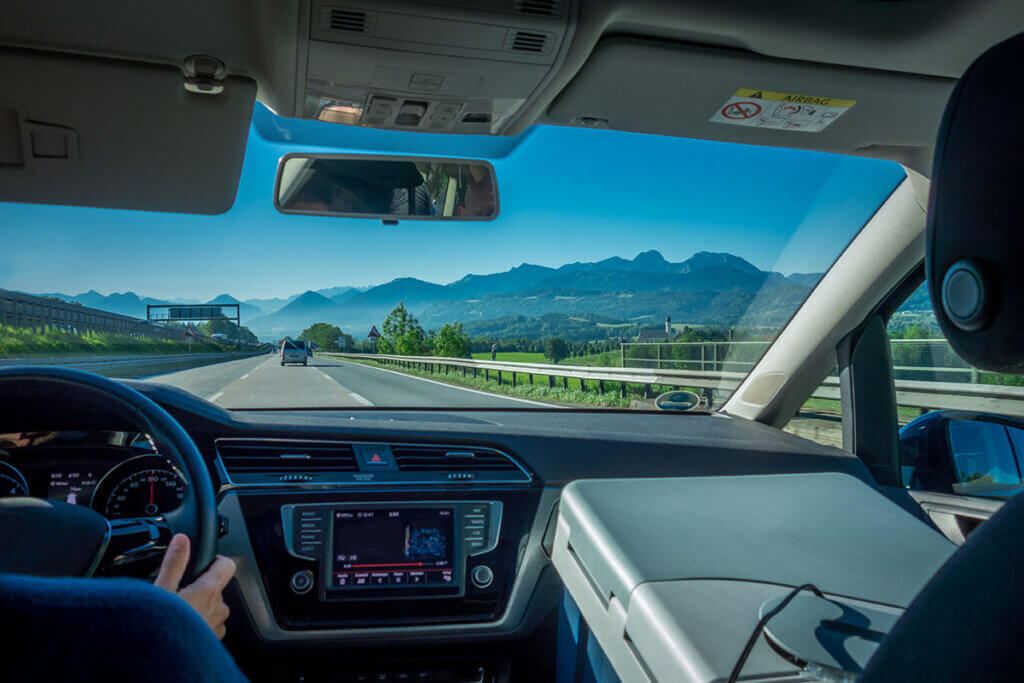
For the same volume, a thermoelectric cooler consumes about three times as much as a compressor cooler. An absorption box should rather be operated with gas, as it is not particularly efficient with electricity. If you plan to use your car’s 12-volt connection for power, you should pre-cool the contents at home. The car battery may not provide enough power to cool down the box and its contents, let alone freeze them.
Manufacturing material and insulation for good insulation
Coolers are usually made of plastic. After all, they are designed for travelling, so too heavy a material would be counterproductive. However, aluminium is also used in some models. The metal is heavier than plastic, but much more robust.
To successfully insulate against cold and heat, most models use PU (polyurethane) foam. After it has hardened, it has very good insulating properties: It is dimensionally stable, light and water-insulating. Some models are equipped with a double wall. This means that even less cold is emitted to the outside. These are usually compressor coolers.
The right filling quantity
Although the size of the boxes is relevant for transport, it is not so important. The filling quantity, i.e. the volume of the cooler in litres, is much more important. You should be clear about how much space you need in your cooler before you buy it. If there is too little space, you will not be able to cool enough food. If there is too much space, you will consume electricity unnecessarily. Often a model is available in different volumes. Common volumes are 20 to 40 litres. A volume of less than 20 litres is a bit small even for single users. Although this does not sound like a small volume at first, the liquids are not stored loosely. For example, only six 1.5-litre bottles fit in such a cooler, i.e. 9 litres. On the other side of the spectrum, there are models with a capacity of 60, 80 or even 90 litres, but they are bulky and heavy.
Weight, transport and comfort
The weight of the cooler is crucial for transport. After all, you may have to carry or pull the boxes along hiking trails. Too much dead weight is therefore impractical, especially when the box is full. The type of cooler plays a big role in the weight. A small 20-litre Peltier cooler usually weighs about 5 kilograms empty. The situation is similar with absorption coolers, unless they are connected to a gas bottle, which adds a few kilograms. Compressor coolers are the heaviest because of their mechanism. Compared to thermoelectric coolers, these often weigh twice as much or even more.
It is also important that your cooler is equipped with handles that ensure comfortable carrying. They are either on the lid, as is the case with many thermoelectric models, or on the sides. With lid handles, you should make sure that the lid is closed before you lift the box.
Some manufacturers go one step further in terms of transport comfort and equip the units with castors. You do not have to lift them, but can pull them behind you like a suitcase. This allows you to transport more weight with less effort. So that you can pull the models with wheels in an upright posture, they have a telescopic handle. Last but not least, shoulder straps are sometimes provided.
Practical interior fittings
Some coolers have compartments or dividers inside so that you can store food and drinks separately, for example. However, such compartments are not ideal for boxes with a small volume; they take up too much space. High-quality compressor coolers are equipped with LED lighting, just like a refrigerator: as soon as you open the lid, the light comes on. This means you can also use the cooler at night at the campsite without any problems.
Useful extra features

Depending on the model and price range, electric coolers come with useful extras. Some models come with a USB port where you can charge your mobile phone or another small device. Other coolers can be controlled via an app. This allows you to set the temperature remotely, for example. The most important function, however, is the battery monitor. It switches the unit off before the cooler draws too much current from the car battery and the engine no longer starts.
Cleaning and safety tips
An electric coolbox is cleaned in the same way as a refrigerator. First you must disconnect the power supply. Then empty the box. If necessary, remove components that can be disassembled and clean them separately. Clean the interior with a cloth or sponge and some cleaning agent and finally wipe it dry.
When transporting the unit in a car or truck, make sure that it is securely placed, for example in the boot. If you plan to place the cooler on a seat, you should strap it in. Otherwise, you could be seriously injured in the event of an emergency stop.

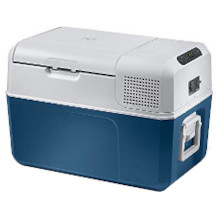
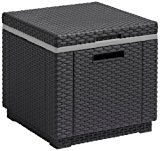
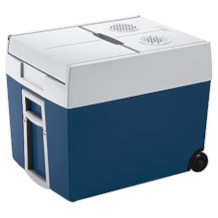
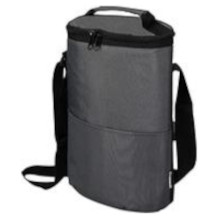

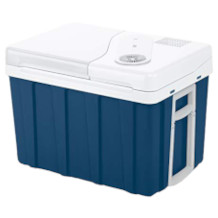
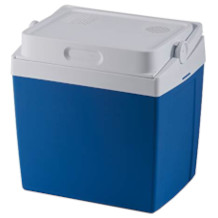
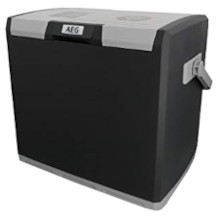
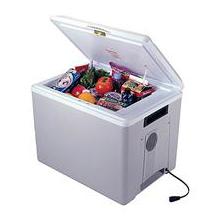
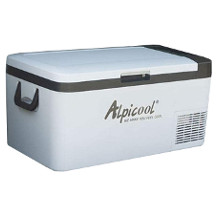
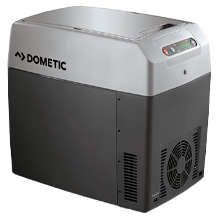
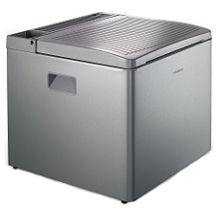

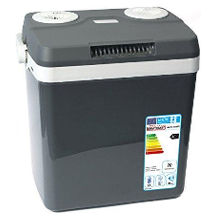
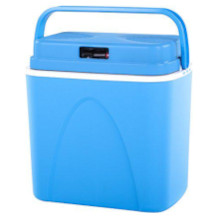
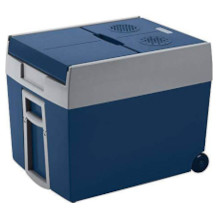

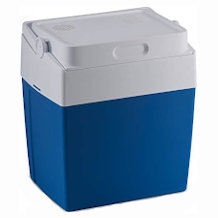


 2,728 reviews
2,728 reviews
